Mathematical models?including those based on ordinary, partial differential, integral, and integro-differential equations?are indispensable tools for studying the physical world and its natural manifestations. Because of the usefulness of these models, it is critical for practitioners to be able to find their solutions by analytic and/or computational means. This two-volume set is a collection of up-to-date research results that illustrate how a very important class of mathematical tools can be manipulated and applied to the study of real-life phenomena and processes occurring in specific problems of science and engineering.
The two volumes contain 65 chapters, which are based on talks presented by reputable researchers in the field at the Tenth International Conference on Integral Methods in Science and Engineering. The chapters address a wide variety of methodologies, from the construction of boundary integral methods to the application of integration-based analytic and computational techniques in almost all aspects of today’s technological world. Among the topics covered are deformable structures, traffic flow, acoustic wave propagation, spectral procedures, eutrophication of bodies of water, pollutant dispersion, spinal cord movement, submarine avalanches, and many others with an interdisciplinary flavor.
Integral Methods in Science and Engineering, Volumes 1 and 2 are useful references for a broad audience of professionals, including pure and applied mathematicians, physicists, biologists, and mechanical, civil, and electrical engineers, as well as graduate students, who use integration as a fundamental technique in their research.
Volume 1: ISBN 978-0-8176-4898-5
Volume 2: ISBN 978-0-8176-4896-1

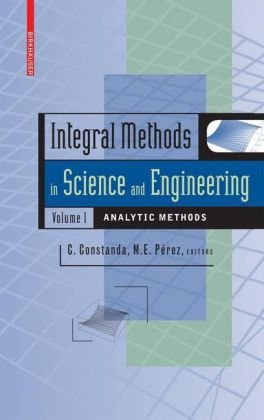
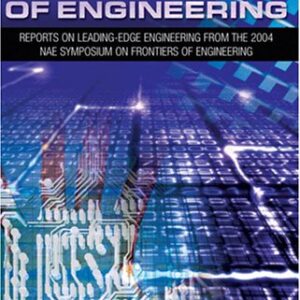
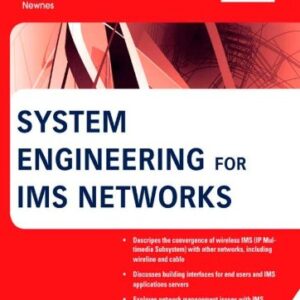
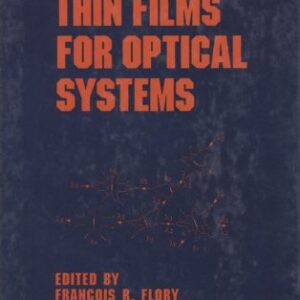
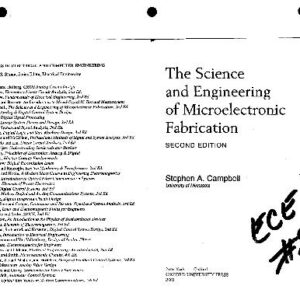
Reviews
There are no reviews yet.